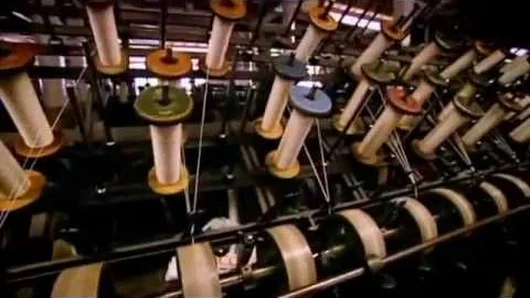Manufacturing para-bikes > .
Saturday, March 16, 2019
Mills - Cotton & Wool
The Mill - Mechanized Carding, Spinning, Weaving on Edwardian Farm
https://www.youtube.com/watch?v=MNa_WEZ9Qyw
Wool Mill - Edwardian Farm
https://youtu.be/B-0ymw9BiGQ?t=30m14s

https://www.youtube.com/watch?v=MNa_WEZ9Qyw
Wool Mill - Edwardian Farm
https://youtu.be/B-0ymw9BiGQ?t=30m14s

The Mill - Mechanized Carding, Spinning, Weaving o
Friday, March 15, 2019
Nazi War Factories
.
War Factories Of Nazi Germany | Timeline > .
Wednesday, March 13, 2019
Pottery
Subscribe to:
Comments (Atom)
sī vīs pācem, parā bellum
igitur quī dēsīderat pācem praeparet bellum therefore, he who desires peace, let him prepare for war sī vīs pācem, parā bellum if you wan...

-
>>> Economic > >>> Geopolitics > >>> Military > >>> Resources > > >> Sociopoli...
-
2025 Fiasco; Christo-Fascist Project 2025 2025 Blueprint for Theocracy - αλλο >> . 2025 Christo-Fascist Blueprint for Autocracy - Shr...
-
> > Alliances > > > > Authoritarianism > > > Axis of Envious Resentment 2025 > > > > Civil...
